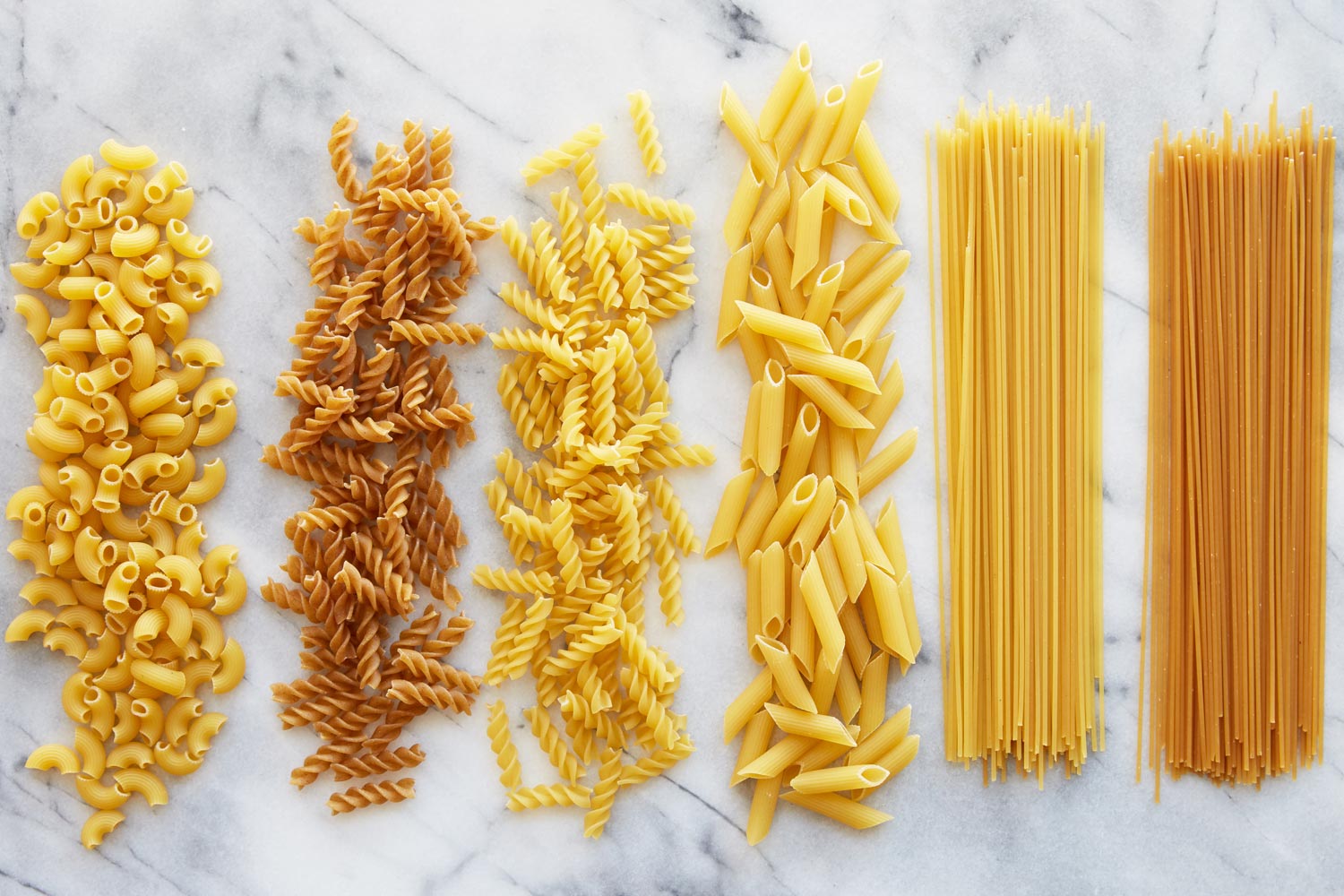

The general rule of thumb is that lighter sauces go best with delicate noodles or stuffed pasta, while hearty and meaty sauces go best with big, burly OMG, how much longer do I have to cook this? noodles. First off, what’s up with the sauces?ĭifferent noodle shapes hold sauces differently. But it’ll give you a good grasp on how each noodle will work with the sauce you’re preparing. You have to start somewhere, right?įor sanity’s sake, this in-depth guide to pasta shapes won’t be covering all 350 types.

And there’s no judgment if you’re just sticking with spaghetti and meatballs or buttered noodles. These are just guidelines, and experimentation is always a good thing (so don’t be afraid to think outside the pasta box). Pasta can be broken down into five sauce-specific and recipe-specific categories. To date, there are over 350 different types of pasta known to mankind, and almost every culture in the world has some form or variation of this versatile and delicious carb. Okay, so it’s got to share the bottom of the food pyramid with other things like bread and rice and potatoes (all of which are great, just not as amazing as pasta). While Teflon is faster, it gives noodles a slippery surface resulting in an inferior pasta that won’t allow sauces to stick.Pasta has to be one of the best foods ever. Spiral-shaped pasta, like cavatappi, is made by dies that have angled slots that cause the dough to spin as it is extruded.ĭeLallo uses traditional bronze dies to extrude pasta, which gives it a rougher surface texture for capturing sauces. Hollow dies used for shapes like elbows, penne and rigatoni. There are many dies that are used to create different shapes. Dough is forced through a die, where the shaped pasta comes out the other end and is cut to whatever length the pasta calls for. This method for forming pasta is via extrusion. The third method of forming pasta shapes is by extrusion. While shapes like ravioli, lasagna and wider pasta noodles can be cut by-hand, shapes like spaghetti and linguine are typically run through die cutters. This method is used to make shapes such as ravioli, lasagna noodles, tagliatelle and spaghetti. From there, the dough is formed into shapes like orecchiette and gnocchi.Īnother method of forming pasta shapes is by rolling out the dough and cutting it into sheets. Pasta shapes formed by-hand are made by rolling pasta dough into a long rope and then cutting the rope into equal sized dough pieces. Pasta shapes can be categorized based on how they are formed: by-hand, rolled into sheets or extruded. Our Ultimate Guide to All Pasta Shapes includes a little history and some inspiration for best-loved pasta cuts-some you may already know and love, while some you may want to try for yourself! While every pasta has its place, that doesn’t mean you can’t get inventive with your creations. Some pasta shapes, like the tiny pastina Orzo, have transcended their original use as a soup cut by appearing in everything from cold picnic pasta salads to cheesy side dishes. Baked pasta dishes, like macaroni and cheese, are often made with Elbows or Shells for gathering gooey cheeses in their sturdy bends and hollows. Where thick sturdy noodles with wide hollows, like Rigatoni, were made to take on hearty sauces and meat ragùs, concave noodles like Orecchiette were made to scoop up small ingredients. In Italy, the many shapes and styles of pasta were created with a dish or application in mind. While some reach for the classics-Spaghetti, Penne, Pasta Shells-some pasta shapes are just too fun to pass up. Even at the grocery store, it may be hard to choose. If you love pasta, then you know just how many pasta shapes there are.


 0 kommentar(er)
0 kommentar(er)
